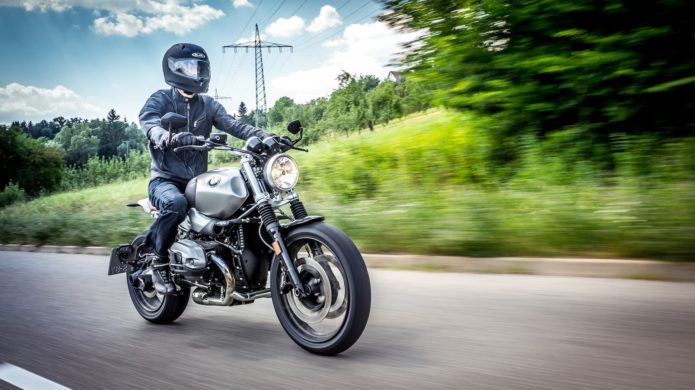Riding a motorcycle is not just fun but also has numerous added advantages. Unlike a car, motorcycles are more affordable, provide better gas mileage, are easy to park and give you a thrilling experience.
However, riding a motorcycle is not something to take lightly. When it comes to riding a motorcycle for the first time, several factors must be considered by a new rider. Since motorcycles lack the safety features of a car, a motorcycle accident can be fatal. Therefore, it is particularly important to select the right starter bike. There are steps you must follow if you want to learn how to ride a street bike or any other kind of motorcycle.
1. Riding Lessons
Taking riding lessons from friends or family members for a motorcycle is not advisable. Why? First, it is risky since the motorcycle is more prone to accidents. Second, a motorcyclist has to handle the traffic differently than a car. Moreover, you can complete your motorbike training pretty quickly if you already have your driver’s license. The training usually lasts for a few days.
Make sure your instructor is qualified and skilled to ensure you’re receiving the most value for your money. Since these instructors are familiar with the local roads and traffic, bike laws, different types of bikes and other info, they teach you to overcome typical riding difficulties that you might face. Once you have learnt the fundamentals of riding, you can eventually become a skilled rider.
A Foundation course also acknowledges the steps you should take following an accident and how to connect with trusted motorcycle accident attorneys in your area. Additionally, these courses are so helpful that many seasoned riders occasionally enroll in a Motorcycle Safety Foundation course to brush up on their riding abilities.
2. Selecting a beginner’s motorcycle
There is no such thing as an “ideal first motorcycle,” but there are features that make a motorcycle more suitable for your first ride. In addition to engine capacity, the weight and size of a motorcycle are significant considerations. Despite your desire to purchase the nicest motorcycle out there, keep in mind that you are still learning to ride and buying a used motorcycle is generally a better decision than buying a brand-new one. However, the final choice is yours and is based on your budget. Here are a few things to consider while purchasing a beginner’s bike:
- Any bike weighing between 300 and 400 pounds
- Beginners should look for bikes with top speeds in the range of 85 to 120 mph.
- An engine between 150 and 450 cc will provide enough power.
- Price – You can get a good second hand bike for as little as $1,500. However, prices vary according to size, kind, and brand.
- An Anti-Lock Braking System is required along with GPS, digital system and audio systems.
3. Purchase Safety Gears
Unlike cars, motorcycles don’t come with safety belts and airbags, so it’s important to invest in the right safety gear. Although your motorcycle riding course will teach you about safety equipment, you should do additional research on your own. To begin with, invest in-
- High-quality motorcycle body armor
- Well-padded High-grade Helmet and Gloves
4. Obtain Motorcycle insurance, a license, and a registration.
Before getting your motorcycle license, you must pass an additional written test conducted by the DMV. The next step is obtaining a motorcycle license from DMV.
Lastly, get a motorcycle insurance policy. Being insured is critical since motorcycles are more prone to accidents.
5. Don’t use Highways and Interstates as a beginner
Highway riding is not the same as riding a bike on a city street. Since Highway road conditions are unpredictable, you should avoid high-traffic areas, highways, freeways, and interstates as a beginner. Driving on the highway is risky due to heavy trucks and cars moving at high speeds.
Educating yourself and practicing well before you start riding on the highway is important. Before you start riding, always check your tire pressure, engine oil, and brake oil.


